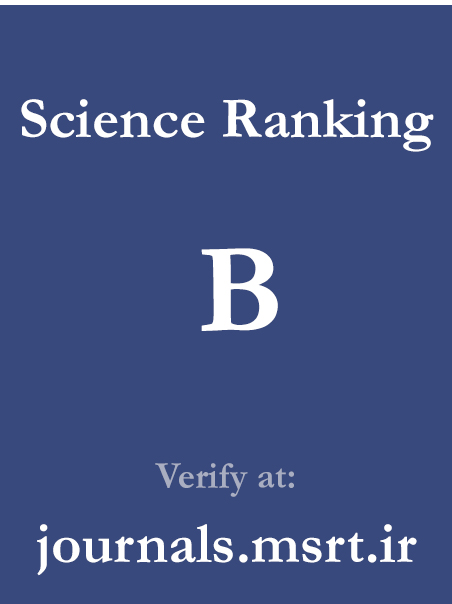Comparison of Lexical and Grammatical Cohesion Devices in Individuals with Broca’s Aphasia and Typical Individuals
Keywords:
Broca’s aphasia, lexical cohesion, grammatical cohesion, Halliday and Hasan’s cohesion theoryAbstract
Purpose: This study aimed to compare the use of lexical and grammatical cohesion devices in individuals with Broca’s aphasia and typical individuals to identify specific discourse cohesion deficits associated with Broca’s aphasia.
Methodology: This study employed a comparative research design using a descriptive-analytical approach. The participants included five individuals diagnosed with Broca’s aphasia and five typical individuals matched for age, gender, and educational level. Speech samples were collected using a storytelling task, and the transcribed texts were analyzed for cohesion devices, including repetition, discourse markers, antonymy, reference, collocation, conjunctive elements, hyponymy, synonymy, and ellipsis. Data analysis was conducted using frequency distribution tables, chi-square tests for statistical significance, and qualitative discourse analysis to examine patterns of cohesion use in both groups.
Findings: The results indicated significant differences in the use of cohesion devices between the two groups (p < 0.05). Individuals with Broca’s aphasia relied predominantly on repetition (34.50%) and ellipsis (33.33%) as primary cohesion strategies, whereas typical individuals demonstrated a more balanced use of cohesion devices, including reference (9.68%), conjunctions (9.27%), and hyponymy (5.91%). The chi-square test confirmed significant reductions in the use of complex cohesion devices in individuals with Broca’s aphasia, particularly in reference, conjunctions, and lexical diversity. These findings align with previous studies on agrammatism and lexical access deficits in Broca’s aphasia.
Conclusion: The findings suggest that Broca’s aphasia predominantly affects grammatical cohesion, while lexical cohesion is preserved but simplified. The reliance on simpler cohesion devices highlights the need for targeted speech-language therapy to improve discourse coherence. Future research should explore interventions that enhance syntactic complexity and lexical diversity in individuals with Broca’s aphasia.
Downloads
Downloads
Published
Submitted
Revised
Accepted
Issue
Section
License
Copyright (c) 2025 Yousef Hazrati (Author)

This work is licensed under a Creative Commons Attribution-NonCommercial 4.0 International License.

